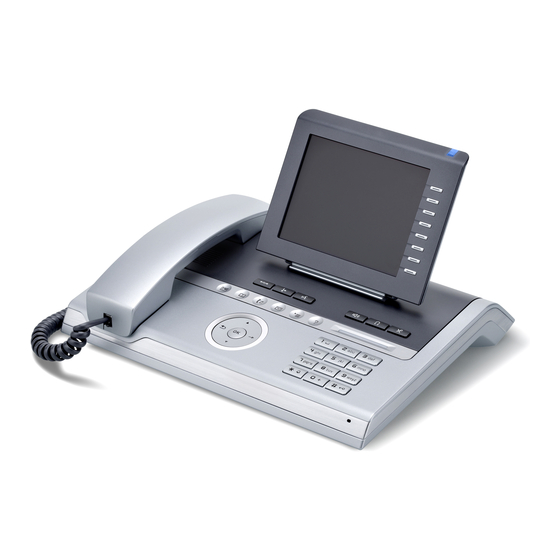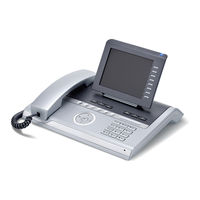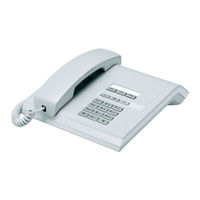
Unify OpenStage 60 T Manuals
Manuals and User Guides for Unify OpenStage 60 T. We have 4 Unify OpenStage 60 T manuals available for free PDF download: User Manual, Administration Manual, Quick Reference Card
Unify OpenStage 60 T User Manual (155 pages)
OpenStage Key Module HiPath 3000; OpenScape Business
Table of Contents
Advertisement
Advertisement
Advertisement



